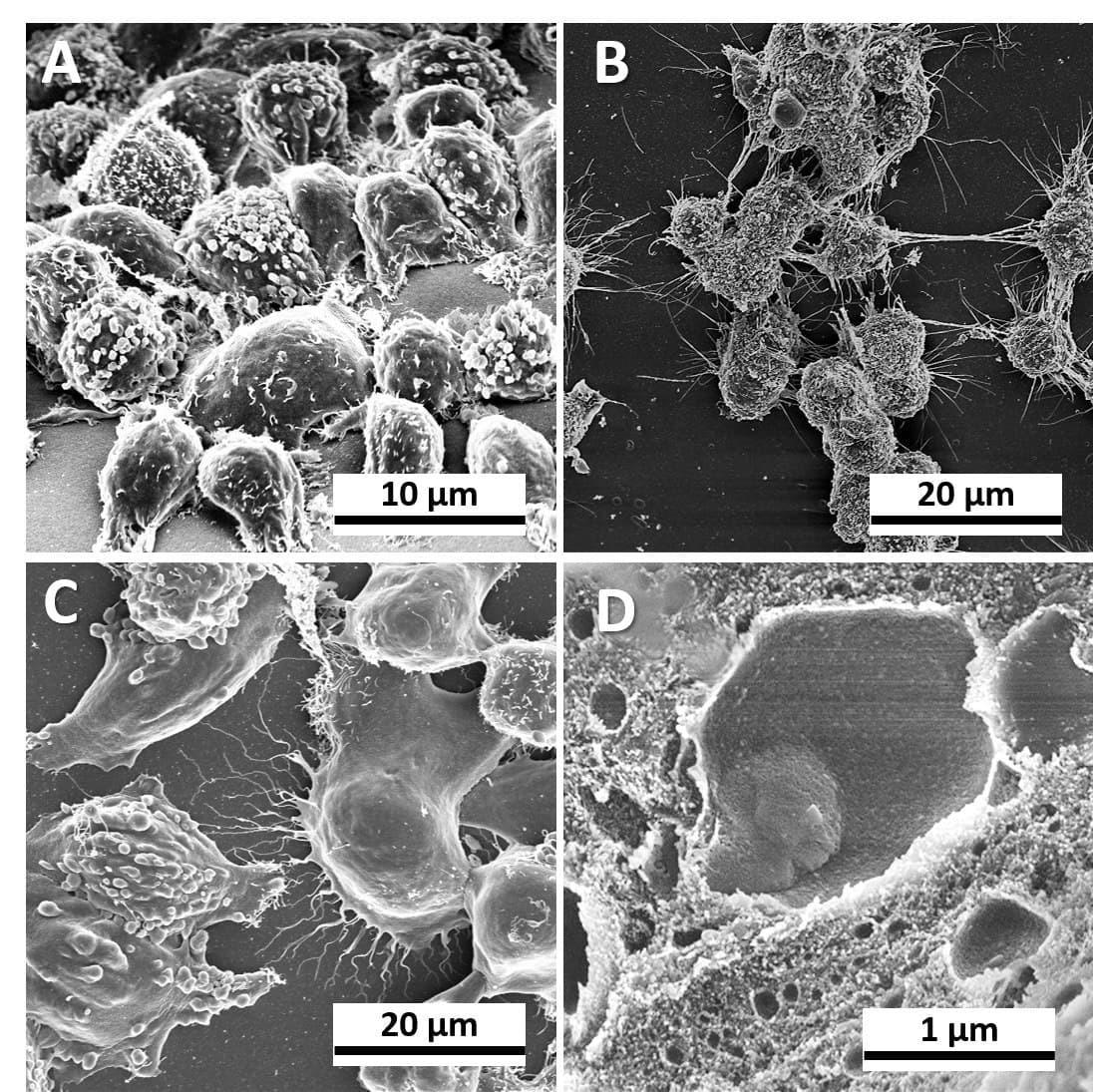Researchers working at the Cell Signaling Regulation Laboratory at Moscow Institute of Physics and Technology (MIPT) have developed a new affordable and reproducible system for the co-cultivation of cells. The system is built on a polymerized BSA membrane.
 Overall scheme of the experiment. Image Credit: Elmira Yakupova.
Overall scheme of the experiment. Image Credit: Elmira Yakupova.
Its relief and size are decided by a mold crafted using a 3D printer. The co-cultivation was achieved using magnetic nanoparticles (NPs). These NPs were cross-linked into the membrane enabling it to stay afloat in a culture liquid with the help of a constant magnetic field.
The study was published in the journal Bioprinting.
To gain better insights into how different cells impact each other, separation of the cells in space has to be done first. The easiest model of cell co-cultivation works on applying a so-called conditioned medium. The two cell populations are cultivated individually after which the culture medium used to grow one of the populations is collected and employed for another cell population.
The problem with this model is the instability of the short-lived molecules in a conditioned medium and the lack of time to transfer to the acceptor cell population. Therefore, this results in the lack of feedback signals present in natural conditions.
One of the major achievements in the development of co-cultivation systems was by Clifford Grobstein in 1953. He made use of permeable inserts with microporous membranes. Such arrangements for modeling variations in the cellular phenotype are presented by the “Transwell system.”
The main drawback of systems available in the market is the heavy price and inability to reproduce them separately in the laboratory. Yet, the issue can be rectified using three-dimensional (3D) printing. This technology enables the fast and proper production of specially designed devices for in vitro experiments with enough precision and detail.
Scientists from the Cell Signaling Regulation Laboratory at MIPT have created their own co-cultivation system that is affordable and reproducible.
We decided to create a matrix based on a cross-linked protein. Such systems are often used to simulate biological matrices. To achieve the possibility of co-cultivation of various cells, we chose an original solution that had not been used before. To maintain the protein-membrane above a certain height inside the vessel, we decided to saturate it with magnetic nanoparticles.
Ilia Zubarev, Study Leading Researcher and Senior Research Fellow, Cell Signaling Regulation Laboratory, Moscow Institute of Physics and Technology
“As the main component of the membrane, Bovine serum albumin (BSA) was chosen. This protein is non-toxic, widely available, is actively used in various fields of biology, and, as a rule, is already available in any laboratory,” added Zubarev.
Co-cultivation has been realized by using a system of magnetic assistance of the membrane afloat. To achieve this, magnetic nanoparticles are combined with the membrane, and a permanent magnet-based system is kept above the dish.
Cells grown on the membrane withhold their viability and can divide, and the membrane can be fixed for histochemical or immunocytochemical staining. It is possible to separate the membrane for additional research.
The final membrane cost is nearly USD 1, which is many times less compared to the commercially available membranes. The 3D printing method enables fast and flexible adjustment of the manufacturing process to the requirements of a specific laboratory. Therefore, it is possible to develop such protein-membrane in any laboratory using a 3D printer and commonly available laboratory reagents.
At the bottom of the Petri dish, as on the membrane, different types of cells were grown. The membrane with cells were kept afloat in the culture medium. For several days, the cells exchanged signals with each other, and after that it was possible to assess their mutual influence.
Ilia Zubarev, Leading Researcher and Senior Research Fellow, Cell Signaling Regulation Laboratory, Moscow Institute of Physics and Technology
“Such a co-cultivation system can be manufactured in any laboratory, and it is a cost-effective alternative to commercial tabs for cell co-cultivation,” added Zubarev.
The study was financially supported by the RNF grant.
Journal Reference:
Minin, A., et al. (2021) Development of a cell co-cultivation system based on protein magnetic membranes, using a MSLA 3D printer. Bioprinting. doi.org/10.1016/j.bprint.2021.e00150.